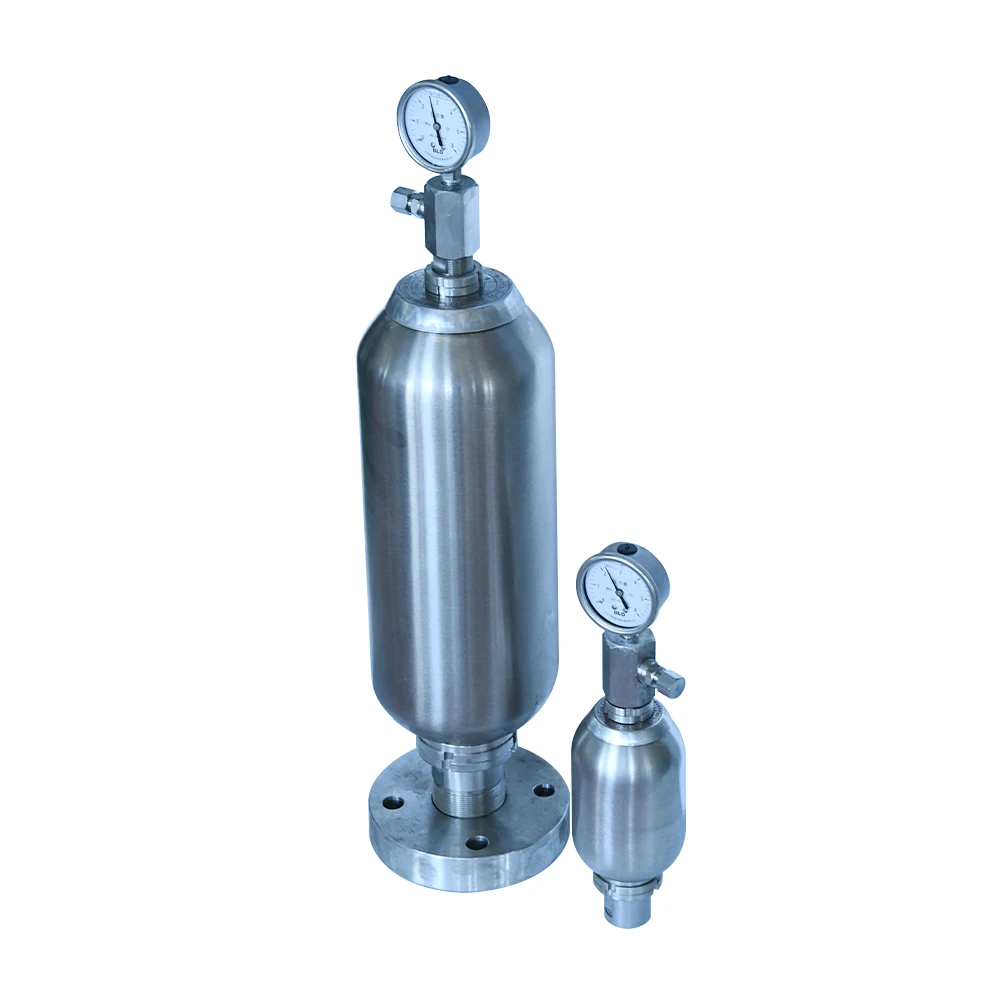Maizhuang Daoshu Town, Danyang City , Jiangsu P, China +86-511 86675547 [email protected]
In today's video we will be discussing hydraulic bladder accumulators. And they are critical elements of hydraulic systems that help things run well. Let's dive into the details!
Bladder-type hydraulic accumulators are essentially just bags filled with pressurized fluid. They’re found in hydraulic systems to assist in governing the flow of liquid. The bladder accumulator discharges the hydraulic fluid it has stored, as when the hydraulic system starves for fluid, it will continue maintaining proper conditions. It’s the same as having more water if and when you do need it.
Hydraulic bladder accumulators have a number of advantages. One primary benefit is that they act to lower pressure spikes in the system. They also maintain a constant stream of fluid, which is vital to everything operating as it should. These accumulators also can help the system act more efficiently, storing excess fluid and releasing it as necessary.

Bladder accumulators of the hydraulic type are manufacturable from various materials. A few examples would include rubber, elastomers and thermoplastics. Each substance has its positive and negative aspects. For instance, rubber bladders flex and are strong, while elastomers can also withstand chemicals. Thermoplastics are also lightweight and user-friendly.

Correctly sizing and installing a hydraulic bladder accumulator is crucial to ensure the system operates properly. The size should be based on how much fluid the system needs to hold — and let out. The accumulator is to be located where is convenient for it to be connected to the remainder of the hydraulic system. As always be sure to follow the manufacturer’s recommendations for sizing and installation because you want it all to work like it should.

Regular maintenance is necessary to maintain hydraulic bladder accumulators in good working order. Though, check for leaks, monitor the pressure levels, and renew the bladder when required. Any hiccups, like leaks or drops in pressure, and you’ll want to deal with them promptly. This can prevent larger problems and keep the hydraulic system in good working order.